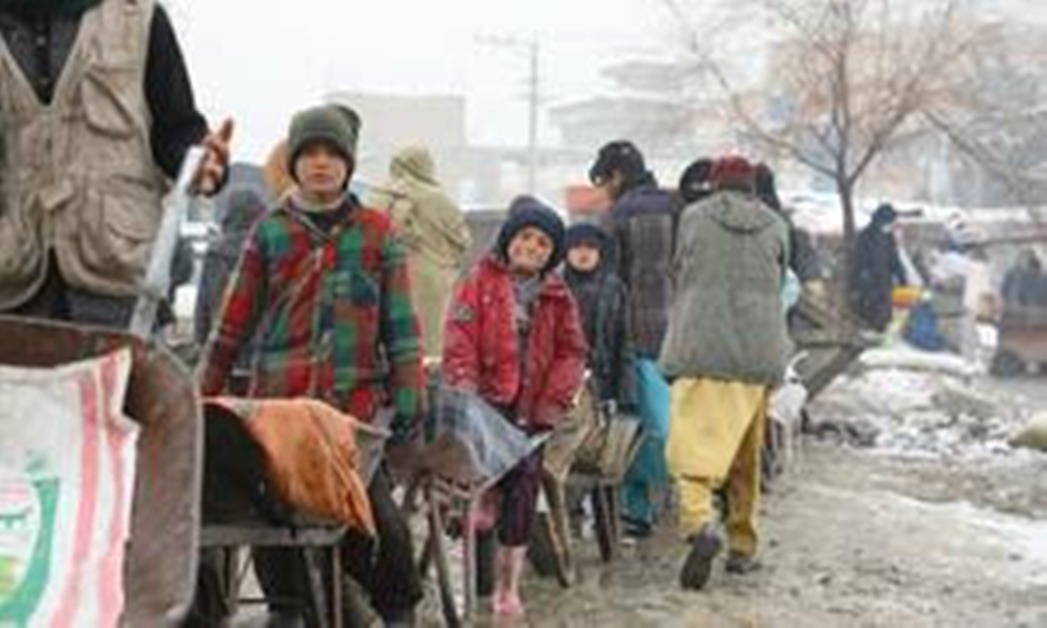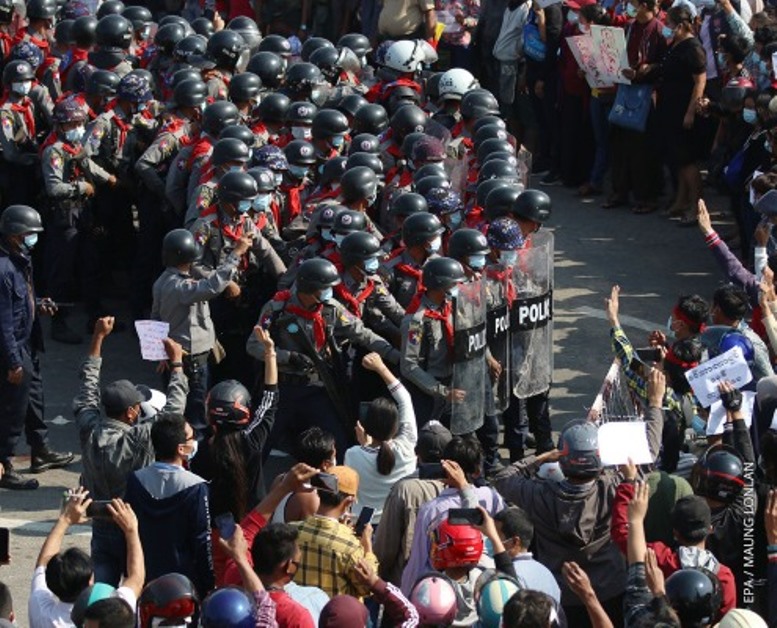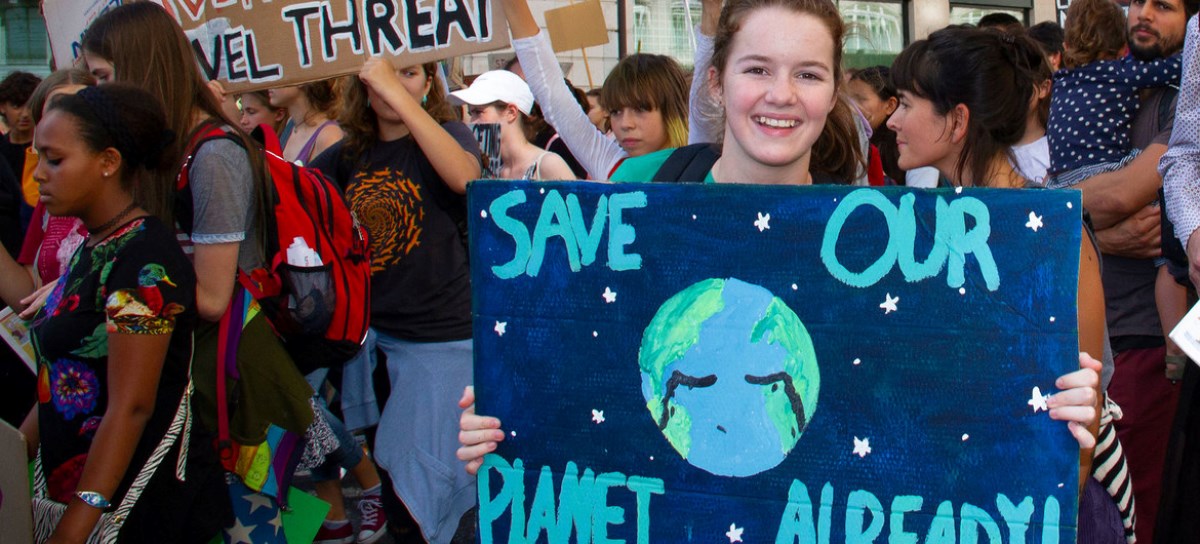In 2009, the General Assembly had declared 29 August as the International Day against Nuclear Tests
 KRC TIMES Desk
KRC TIMES Desk

The General Assembly declared the International Day in December 2013, in its resolution 68/32 as a follow-up to the high-level meeting of the General Assembly on nuclear disarmament held on 26 September 2013, in New York.
This was the latest in a series of efforts by the General Assembly to raise public awareness and to seek deeper engagement on nuclear disarmament matters. In 2009, the General Assembly had declared 29 August as the International Day against Nuclear Tests (resolution 64/35).
In resolution 68/32, the General Assembly called for the “urgent commencement of negotiations in the Conference on Disarmament of a comprehensive convention on nuclear weapons to prohibit their possession, development, production, acquisition, testing, stockpiling, transfer and use or threat of use, and to provide for their destruction.”
In 2014, in its resolution 69/58, the General Assembly further expressed its desire to commemorate the Day, and requested the Secretary-General and the President of the General Assembly to make all arrangements necessary to commemorate and promote it, including by convening an annual meeting of the Assembly to commemorate the International Day and to provide a platform for the promotion of these activities. The General Assembly repeated these requests and call in subsequent years in its resolutions 70/34, 71/71, 72/251, 73/40, and 74/54.
The International Day for the Total Elimination of Nuclear Weapons has been observed annually since 2014. Pursuant to the resolutions of the General Assembly, Member States, the United Nations system and civil society, including non-governmental organizations, academia, parliamentarians, the mass media and individuals are encouraged to commemorate and promote the International Day through enhancing public awareness and education about the threat posed to humanity by nuclear weapons and the necessity for their total elimination.
To observe the International Day, the United Nations is supporting events both in New York and Geneva. United Nations Information Centres around the world are encouraged to raise awareness of the observance of International Day for the Total Elimination of Nuclear Weapons.
Notable Events
1945
The two atomic bombs destroyed the cities of Hiroshima and Nagasaki and are estimated to have killed a total of 213,000 people immediately.
1946
In its very first resolution, the General Assembly identified nuclear disarmament as a leading goal of the United Nations.
1959
The General Assembly included nuclear disarmament as part of the more comprehensive goal of general and complete disarmament under effective international control (resolution 1378(XIV)). It is the first General Assembly resolution ever to be sponsored by the entire membership of the United Nations.
1963
The Treaty Banning Nuclear Weapon Tests in the Atmosphere, in Outer Space and Under Water, also known as the Partial Test Ban Treaty, was opened for signature. Years-long discussions between the Soviet Union, the United Kingdom and the United States had been given a renewed sense of urgency by the Cuban Missile Crisis in 1962.
1967
The nuclear arms race and the 1962 Cuban Missile Crisis prompted Latin American Governments to negotiate the Treaty for the Prohibition of Nuclear Weapons in Latin America and the Caribbean (Treaty of Tlatelolco), which established the first nuclear weapons-free zone in a highly populated area.
1978
The General Assembly held its first Special Session Devoted to Disarmament. In the Final Document, Member States affirmed that their common ultimate objective is “general and complete disarmament under effective international control” and that “effective measures of nuclear disarmament and the prevention of nuclear war have the highest priority.”
1985
The South Pacific became the second nuclear-weapon-free zone (Treaty of Rarotonga).
1991
South Africa voluntarily renounced its nuclear weapons programme.
1992
By the Lisbon Protocol to the Strategic Arms Reduction Treaty (START I), Belarus, Kazakhstan and Ukraine voluntarily renounced nuclear weapons in their possession following the dissolution of the Soviet Union.
1995
At the 1995 NPT Review and Extension Conference, States
parties adopted without a vote the decisions on the indefinite extension of the
Treaty, “Strengthening the review process for the Treaty” and
“Principles and objectives on nuclear non-proliferation and
disarmament”, as well as a “Resolution on the Middle East”.
Southeast Asia became the third nuclear-weapon-free zone (Bangkok Treaty).
1996
Africa became the fourth nuclear-weapon-free zone
(Pelindaba Treaty).
At the request of the General Assembly, the International Court of Justice
provided an advisory opinion on the Legality of the Threat or Use of Nuclear
Weapons.
The Comprehensive Nuclear-Test-Ban Treaty opened for signature.
2000
At the 2000 NPT Review Conference, States parties adopted thirteen practical steps for systematic and progressive efforts for nuclear disarmament.
2006
Central Asia became the fifth nuclear-weapon-free zone (Treaty on a Nuclear-Weapon-Free Zone in Central Asia).
2008
United Nations Secretary-General Ban Ki-moon announced his five-point plan towards nuclear disarmament.
2010
At the 2010 NPT Review Conference, States parties adopted a 64-point action plan across all three pillars of the Treaty – nuclear disarmament, nuclear non-proliferation and the peaceful uses of nuclear energy – and practical steps to implement the 1995 Resolution on the Middle East.
2013
The General Assembly held its first-ever high-level
meeting on nuclear disarmament. The General Assembly, through its resolution
68/32, declared that 26 September will be the International Day for the Total
Elimination of Nuclear Weapons.
The General Assembly, pursuant to resolution 67/56, convenes an open-ended
working group on taking forward multilateral nuclear disarmament negotiations.
2016
The General Assembly, pursuant to resolution 70/33, convenes a second open-ended working group on taking forward multilateral nuclear disarmament negotiations.
2017
On 7 July, the Treaty on the Prohibition of Nuclear Weapons is adopted. It is the first multilateral legally binding instrument for nuclear disarmament to have been negotiated in 20 years.
2018
The Secretary-General launched “Securing Our Common Future: An Agenda for Disarmament.” The Agenda addresses the elimination of nuclear weapons in the framework of “disarmament to save humanity.”
2020
Fiftieth Anniversary of the entry- into force of the Treaty on the Non-Proliferation of Nuclear Weapons (NPT).
Source: United Nations





